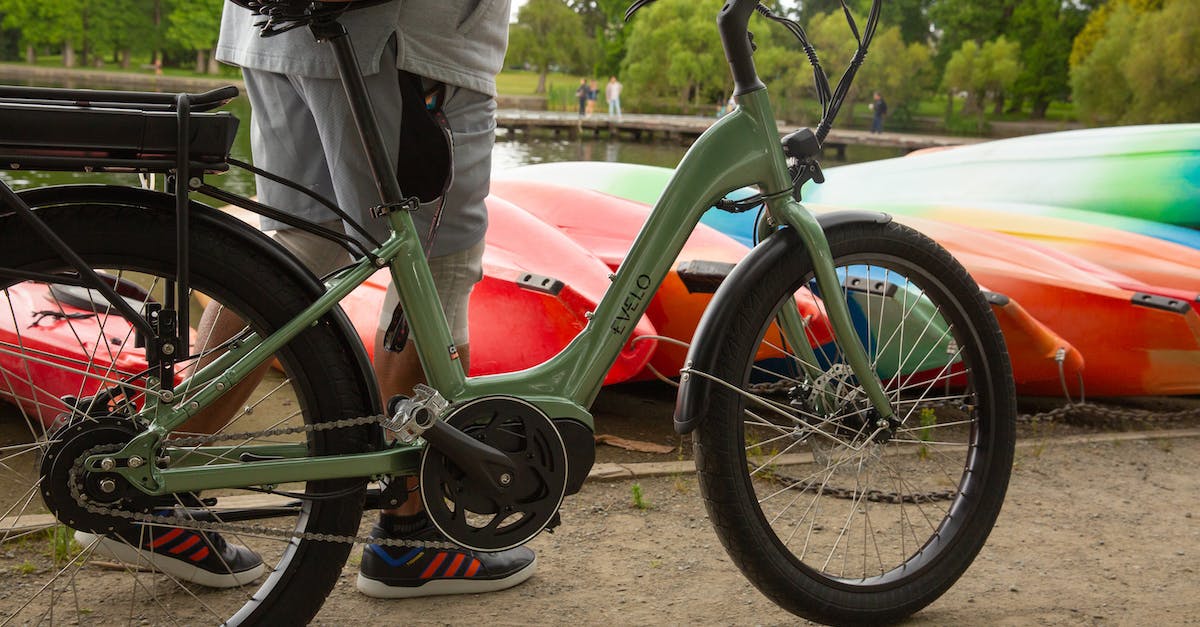PED-uhl ro-TAY-shuns
Noun, Verb
The number of times a cyclist turns the pedals in a given amount of time.
Example usage: I can usually do about 100 pedal rotations per minute.
Most used in: Mountain biking and road cycling circles.
Most used by: Professional cyclists, serious hobbyists, and mountain bikers.
Popularity: 8/10
Comedy Value: 4/10
Also see: Cadence, Cranks, Revolutions, Strokes, Rotor RPMs,
What are Pedal Rotations?
Pedal Rotations, also known as cadence, is a cycling term which refers to the number of times the cyclist's feet complete a full revolution of the pedals per minute. This is an important measure of cycling performance as it can be used to measure the efficiency of the cyclist and the bike.
Cadence is typically measured by counting the number of revolutions that the pedals make over a 15-20 second period and multiplying that by four. The average cadence for most cyclists is between 70-90 revolutions per minute with competitive cyclists usually having higher cadences.
Increasing your cadence can be beneficial for a number of reasons. It can help to reduce fatigue, improve your cycling efficiency, reduce your risk of knee injuries, and increase your speed. It is important to note that cadence is not the only factor when it comes to cycling performance. Other factors such as power output, gear selection, and body position can also have an impact on your performance.
Pedal Rotations is an important measure of cycling performance and can be used to help improve your cycling efficiency. By increasing your cadence, you can become a more efficient cyclist and help to reduce fatigue, injury risk, and increase your speed.
.Pedal Rotations - The Origin of the Cycling Term
The term 'Pedal Rotations' is used to describe the revolutions of a bicycle's pedals. It is believed to have originated in the early 1900s in Europe. The term was used to describe the number of times a cyclist's pedals would turn in order to cover a certain distance. It was used as a measure of efficiency, with the goal being to achieve the greatest number of pedal rotations per unit of time.
The term was first used in cycling magazines and books. It was also used by bicycle racers who would record their pedal rotations to track their progress and performance. As cycling technology advanced, so did the use of the term. By the mid-1900s, pedal rotations had become a common part of the cycling lexicon.
Today, the term is still used by cyclists to measure their performance. Modern cyclists use a combination of GPS tracking and pedal rotations to monitor their rides and races. Pedal rotations are also used by bike shops to measure the efficiency of a bicycle's drivetrain.
Pedal rotations have become an integral part of the cycling world, providing a measure of efficiency and performance that can be used to track a cyclist's progress. The term has been around for more than a century, and its use continues to evolve with cycling technology.












